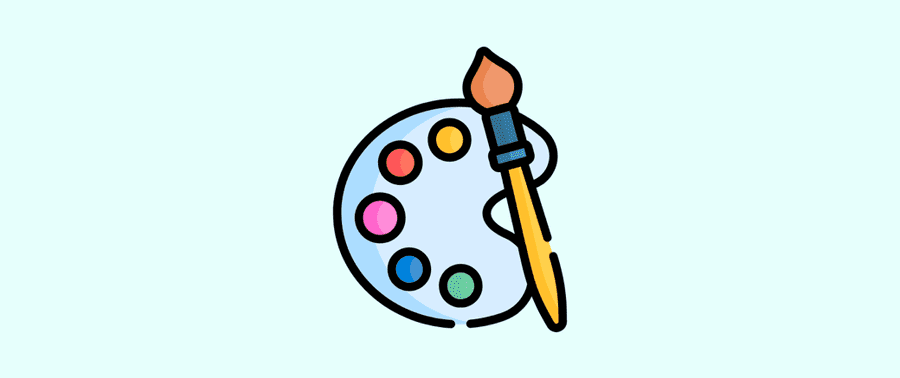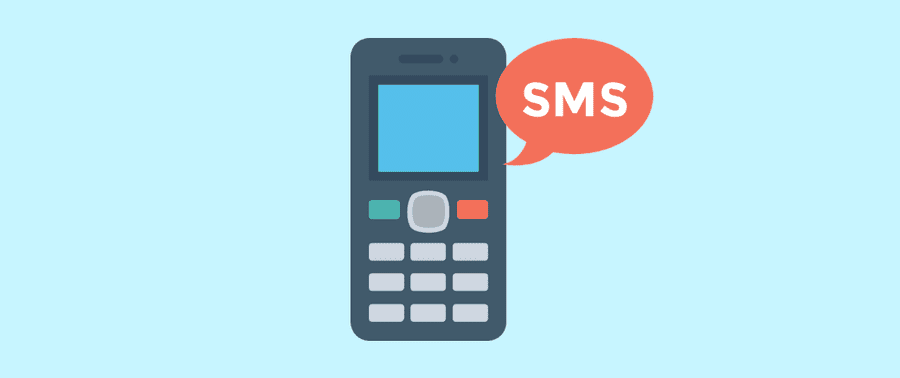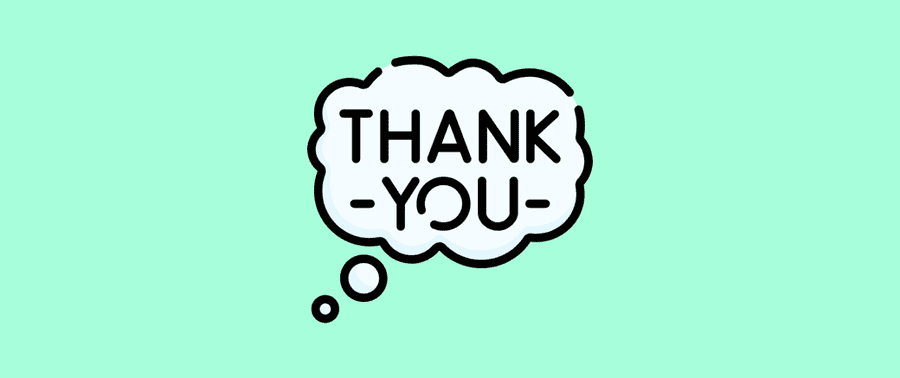Complete Guide: How to say the full DATES in Vietnamese
To express the full dates in Vietnamese, we simply follow the order:
Day of the Week − Day of the Month − Month − Year
In Vietnamese it would be:
Thứ − Ngày − Tháng − Năm
- Thứ - stands for the "day of the week"
- Ngày - stands for the "day of the month"
- Tháng - stands for the "month"
- Năm - stands for the "year"
This lesson would be very easy if you already know how to count from 0 to 99 in Vietnamese. But if you don’t know yet, you can take my free course on Vietnamese Numbers and Money here.
NOTES: After watching the video, please read the full blog, as I also include how to ask about day/date/month in Vietnamese, and other useful time expressions that are not in the video.
How to say YEARS in Vietnamese
Let’s first start with “the year”!
The word “year” in Vietnamese is Năm, which is also “number 5” so don't be confused!
năm năm
5 yearsmười lăm năm
15 years
So to read the year in Vietnamese, we read the first 2 numbers as single digits, the last 2 numbers are read as 1 single number. Like this:
hai-không-hai (mươi) mốt
2021 (two-zero-twenty one)một-chín-chín (mươi) hai
1992 (one-nine-ninety two)
Where the word mươi can be omitted, which is one of the rules in Vietnamese numbers. Again, you can learn all the rules in my free 'Vietnamese Numbers' course.
NOTES
If the year is between 1929 to 2000, sometimes you can just say the last 2 digits of the year, for short. For example:
năm năm chín
refers to the year "1959"năm tám tư
refers to the year "1984"
These days, young people who were born from the year 2000, would say their year of birth is 2k (hai ka) which means 2000, 2k2 (hai ka hai) would be 2002, where “k” stands for thousand.
How to say Colors in Vietnamese - with Video and ExamplesHow to say MONTHS in Vietnamese
Months of the year in Vietnamese is Tháng.
There are 12 months in a year. So to say January to December in Vietnamese, we place the word tháng in front of a number, starting from one to twelve.
THÁNG + [1 ... 12]
| January | tháng một / tháng giêng |
| February | tháng hai |
| March | tháng ba |
| April | tháng tư / tháng bốn |
| May | tháng năm |
| June | tháng sáu |
| July | tháng bảy |
| August | tháng tám |
| September | tháng chín |
| October | tháng mười |
| November | tháng mười một |
| December | tháng mười hai |
NOTES
As you can see from the above table, here are 2 things that you need to note:
- "January" can either be called tháng một or tháng giêng
- “April” can either be called tháng tư or tháng bốn
You may also hear some people use the word mùng (Southern dialect) or mồng (Northern dialect) to talk about the day of the month, especially during Vietnamese New Year Tết.
That is because these words are often used to call the first 10 days of the lunar calendar. For examples: mùng 1, mùng ba, mùng mười.
Asking about the MONTH in Vietnamese
To ask about the month in Vietnamese, you can use the question word tháng mấy?.
When being placed at the end of the sentence, it often refers to a general question, or a question about a past or future event, depending on the context.
Tháng này là tháng mấy?
This month is what month?Bạn đi Hà Nội (vào) tháng mấy?
You went to Hanoi what month?
You will go to Hanoi what month?
When being placed at the beginning of the sentence, it often refers to a future event.
- Tháng mấy anh đi Sài Gòn?
What month will go to Saigon?
How to say DAYS and DATES in Vietnamese
Now we have come to the “day of the month”, which is ngày. Ngày has 2 meanings "day of the month" and also the general “date”.
So to ask “What day is today” or “What is the date today”, we would use the same question:
- Hôm nay là ngày mấy?
What day is today?
What is the date today?
Where hôm nay means “today”, ngày mấy can either mean “what day?” or “what date”. Your response can be:
- Hôm nay là ngày mười lăm
Today is the 15th
(which includes only the day)
OR
- Hôm nay là ngày mười lăm, tháng tư
Today is the 15th of April
(which includes both the day and the month)
Asking about the DAYS/DATES in Vietnamese
To ask about the day of the month or date in Vietnamese we can use the question word ngày mấy? or ngày bao nhiêu?.
When being placed at the end of the sentence, they refer to a general question, or a question about a past event, depending on the context.
Hôm qua là ngày bao nhiêu?
Yesterday was what day/date?Bạn đi đám cưới ngày mấy?
You went to the wedding on what day/date?
You'll go to the wedding on what day/date?
When being placed at the beginning of the sentence, it often refers to a future event. However, only ngày mấy can be placed at the beginning of the sentence.
- Ngày mấy bạn đi Sài Gòn?
What day/date will you go to Saigon?
How to say DAY OF THE WEEk in Vietnamese
To complete the date in Vietnamese, we also need to learn about “day of the week”, which is Thứ.
There are 7 days in a week, Monday to Sunday. Sunday in Vietnamese is Chủ nhật.
To say Monday to Saturday, we simply place the word “thứ” in front of a number, starting from two to seven.
THỨ + [2 ... 7]
| Monday | Thứ hai |
| Tuesday | Thứ ba |
| Wednesday | Thứ tư |
| Thursday | Thứ năm |
| Friday | Thứ sáu |
| Saturday | Thứ bảy |
| Sunday | Chủ nhật |
Please note that “Wednesday” is thứ tư and not thứ bốn, even though “bốn” also means “number 4”.
Reading DATES in Vietnamese
Now that you have learned how to say the year, month, day of the month, and day of the week, let's try to read some dates in Vietnamese.
How would you read the following dates?
- Thursday, April 15, 2021
- Wednesday, January 30, 2019
- Sunday, August 9, 1992
Answers
- Thứ năm, ngày 15 (mười lăm), tháng 4 (tư/bốn), năm 2021 (hai-không-hai mốt)
- Thứ tư, ngày 30 (ba mươi), tháng 1 (một), năm 2019 (hai-không-mười chín)
- Chủ nhật, ngày 9 (chín), tháng 8 (tám), năm 1992 (năm một-chín-chín hai / năm chín hai)
Useful Time Expressions in Vietnamese
Below are some useful words to express date/time in Vietnamese.
| - | PAST | PRESENT | FUTURE |
|---|---|---|---|
| DAY | hôm qua yesterday | hôm nay today | ngày mai tomorrow |
| WEEK | tuần trước last week | tuần này this week | tuần sau / tuần tới next week |
| MONTH | tháng trước last month | tháng này this month | tháng sau / tháng tới next month |
| YEAR | năm ngoái last year | năm nay this year | năm sau / năm tới next year |
Be the first to know
Join our Newsletter to receive monthly learning tips and updates!






